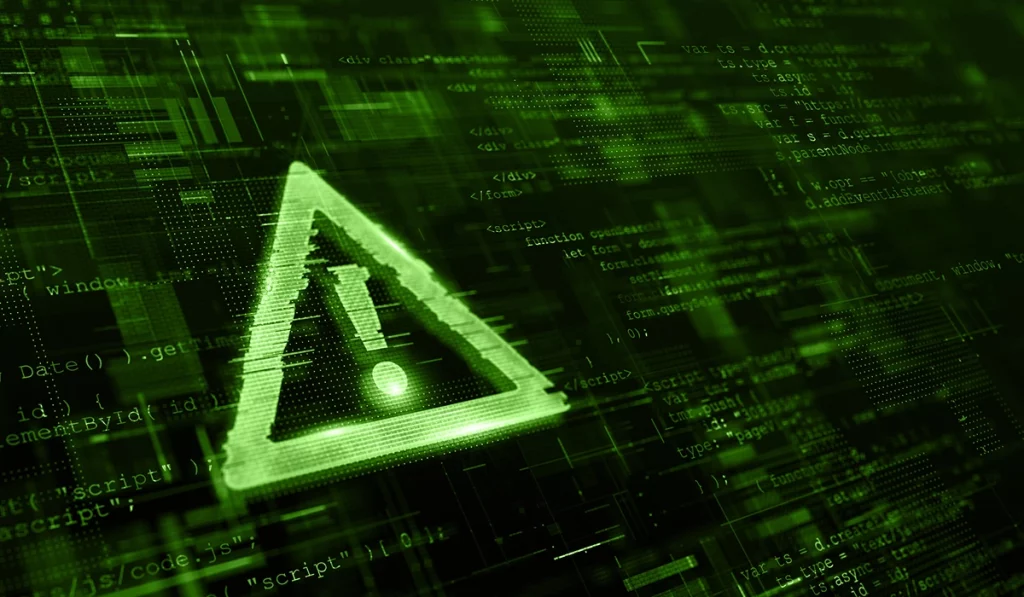Ransomware can trace its origins to the 1989 PS Cyborg virus, which spread by floppy disk and demanded a $189 payment sent to a PO box for remediation, but it has only been in the last decade that this form of malware-based attack has grown into a global menace.
Experts largely attribute this surge to the rise of cryptocurrency like bitcoin, which enables untraceable payments. More recently, the development of ransomware as a service (RaaS) has made it far easier for threat actors, even those with minimal tech knowledge, to utilize these tools. These factors explain why ransomware is surging—in just the UK, these cyberattacks have doubled in frequency over the past year.
Fortunately, it’s not difficult for businesses to mount an effective defense against ransomware. Success depends on recognizing how ransomware exploits common vulnerabilities and using hardware and software that minimize its threat. Having said that, here are some brief tips on preventing ransomware from harming your company’s assets.
Create frequent data backups
Keeping your digital property backed up and isolated from your main system takes away the primary threat of ransomware: losing access to mission-critical data. Your company’s operational needs should determine your backup schedule—some businesses back up hourly, others weekly—and automating this process ensures you consistently meet your security targets.
Bear in mind, though, that the goal should be to prevent ransomware from seizing your data in the first place. Many hackers threaten to leak captured data or sell it on the black market to coerce payments from affected organizations.
Train employees
Errors and oversights on the part of personnel is the primary way ransomware spreads. Employees need to understand the threat of malware, phishing emails, social engineering, and other attack vectors that can lead to an infection. Be sure to extend this training to remote workers as well as in-house employees.
Monitor emails
The majority of ransomware attacks are launched via email, usually through an attachment or a phishing link. Routinely scanning emails, preferably with an automated security program, can detect possible ransomware threats or delete incoming emails that could spell trouble.
Keep your operating systems updated
Many types of ransomware (such as the notorious WannaCry) are designed to target unpatched Windows systems. Don’t ignore the need for updates and proper patch management.
Use encryption
Encryption protects your data by preventing third parties from accessing it. Even if attackers steal encrypted data, they cannot read the information without a unique encryption key. High-performance encrypted RAID systems offer strong protection against ransomware and other cyber attacks.
Observe the principle of least privilege
Each employee’s account should be set up in such a way that the user cannot access data or applications that are unnecessary to perform job functions. This practice can substantially limit the range of possible malware infection.
Install high-quality hardware and software
Having the right data storage and processing solutions can go a long way toward reducing the threat of ransomware. Ciphertex®’s AES-256 bit Portable NAS Servers provide a simple yet effective repository for storing your valuable data, while our customizable software design services give you the tools to bolster your overall digital security.
To learn more about our high-performance hardware and software solutions, feel free to call Ciphertex® at 818-773-8989.
